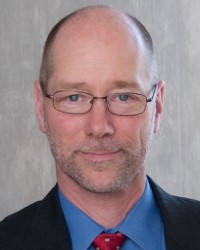 |
Michael J. Sailor is Distinguished Professor of Chemistry and Biochemistry at the University of California, San Diego. He holds Affiliate appointments in the Department of Bioengineering, the Department of Nanoengineering, and the Materials Science and Engineering program at UCSD. Sailor was promoted to Distringuished Professor in 2015. He holds 29 U.S. patents and 6 international patents that have been licensed to 7 companies. He is the founder of Spinnaker Biosciences and Common Sensor Technologies. Sailor is an elected Fellow of the American Association for the Advancement of Science, the Royal Society of Chemistry, and the National Academy of Inventors.
|
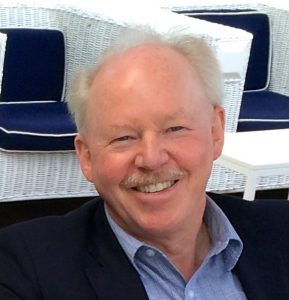 |
Angus I. Kingon is Professor of Engineering, and Barrett Hazeltine University Professor of Entrepreneurship and Organizational Studies at Brown University since 2008. He is the co-Director in the graduate Masters-level Program on Innovation Management and Entrepreneurship (PRIME) at Brown University. Kingon has a PhD in physical chemistry and has many years of experience in the processing and characterization of electronic ceramics and thin films. He has completed a major project funded by the National Science Foundation, to assist corporations to develop new business methods for creating value from science and technology. Kingon’s current research funding is primarily from the National Science Foundation on oxide-based electronic materials and photovoltaics. He is an advisor to the national organization, COTEC, in Portugal, on the development and implementation of national strategies to enhance innovation and economic development in the country. Kingon has authored or co-authored approximately 330 refereed papers, had fifteen patents granted, co-edited seven books or journal volumes and seven book chapters.
|
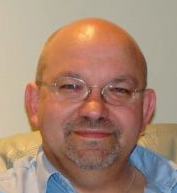 |
Ian M. Reaney is a Professor at the Department of Materials Science and Engineering, University of Sheffield. He was promoted to Professor in 2007. He worked as post-doctoral researcher at the University of Essex before joining the group of Professor Setter at the Laboratoire de Ceramique, Ecole Polytechnique Federale de Lausanne in Switzerland in 1991.The main theme of Reaney´s research is the use of analytical and high resolution transmission electron microscopy to study the structure and microstructure of electroceramics. He has specialised in recent years in the study of microwave and piezoelectric materials. His research activities are mainly concerned with materials and devices for sensor and actuator applications as well as dielectric resonators and antennas for microwave communications. He has published over 300 papers which have achieved >10,000 citations.
|
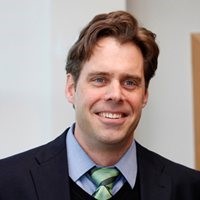 |
Paul Thurk is a Managing Director with ARCH, joining in 2000 via a two-year Kauffman Fellowship with the Partnership. He focuses on solid-state lighting, semiconductors, advanced materials, nanotechnology, electronics and optoelectronics. Thurk was co-founder and initial CEO of Innovalight (acquired by DuPont-DD) and CoolEdge Lighting. He has participated in the development of ARCH portfolio companies Kotura (acquired by Mellanox), Nitronex (acquired by MACOM), Cambrios, and Semprius. He co-founded Carrick Therapeutics and Genomics Medicine Ireland, and serves as a Director of both companies, and is a board observer to Movidius, inc in Dublin. He has also been a key part of ARCH’s efforts at Los Alamos National Laboratory and at Sandia National Laboratories in their entrepreneur-in-residence program with the U.S. Department of Energy. He recently established ARCH’s Dublin, Ireland office to assess European-sourced technology and investment opportunities. In addition, Thurk developed and launched several innovative supply chain management programs.
|
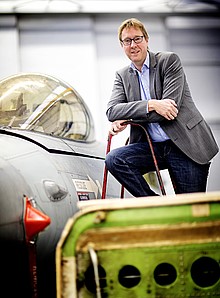 |
Pim Groen is a full Professor at the faculty of Aerospace Engineering on the chair “SMART Materials” next to his work at the Holst Centre. Groen joined Philips Research in 1987 where he worked in Eindhoven on inorganic materials for electronic applications and later in Philips Forschung Aachen (Germany) on electronic ceramics, including piezoelectric ceramics. When Philips stopped its activities in the field of passive components he joined Morgan Electroceramics as R&D manager in 2002. Furthermore, he led a project on a new production line for the making of multilayer piezoelectric actuators. Since 2011 he is working at the Holst Centre as programme manager for the programs “Large Area Printing” and “Printed Conductive Structures”. In 2009, he joined the Novel Aerospace Materials (NovAM) group as a visiting scientist starting new activities in the field of Smart Materials & Sensors.
|
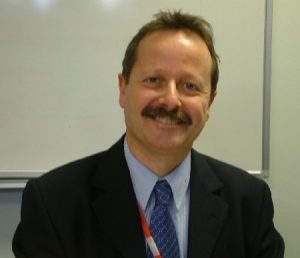 |
Leigh Canham is an Honorary Professor at the University of Birmingham with over 30 years of wide ranging research in silicon technology. His first appointment was with the Electronics Sector of DERA as a Higher Scientific Officer, subsequently promoted to Senior Scientific Officer in 1988, Principal Scientist in 1995, and DERA Fellow in 1999. Canham is the author of over 150 peer-reviewed papers and holds more than 100 patents worldwide. His two key discoveries are silicon nanostructures that can emit visible light efficiently (1990) and can be rendered medically biodegradable (1995). Both discoveries have had significant commercial and academic impact. For his work on biodegradable silicon he was a shortlisted in 2011 as a finalist for the European Inventor of the Year Award from the European Patent Office. In 2012 he became a Thomson Reuters Citation Laureate for his work on Luminescent silicon.
|
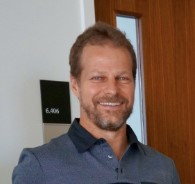 |
Brian A. Korgel is T. Brockett Hudson Professor of Chemical Engineering at the University of Texas at Austin. He works at the intersection of nano & mesoscopic materials chemistry and complex fluids, tackling problems in lithium ion batteries, photovoltaic devices and medicine. He has been Visiting Professor at the University of Alicante in Spain, the Université Josef Fourier in France and the Chinese Academy of Sciences in Beijing. He also directs the Industry/University Cooperative Research Center for Next Generation Photovoltaics, is an Associate Editor for the journal Chemistry of Materials and has co-founded two companies, Innovalight and Piñon Technologies. He has received various honors including most recently the 2012 Professional Progress Award from the American Institute of Chemical Engineers (AIChE), election as a Fellow of the American Association for the Advancement of Science (AAAS) in 2012 and selection as an IUPAC Young Observer in 2013.
|
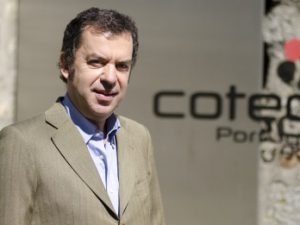 |
Pedro Vilarinho is currently the CEO of Act – a “lab to market” venture engine that aims at supporting the creation of technology based startups from R&D activities developed within Portuguese R&D organisations. Pedro was previously an Assistant Professor at the Department of Economics, Management and Industrial Engineering of Universidade de Aveiro. He has an undergraduate degree in Electronics and Telecommunications Engineering from Universidade de Aveiro, a MSc in Computer Science in Industrial Engineering from Universidade de Coimbra and a PhD in Industrial Engineering from Universidade do Porto.
|
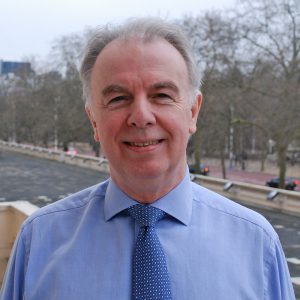 |
Bernie Rickinson graduated in metallurgy, with subsequent research activity in the UK and USA. He has managed the development of novel processes and alloy development for businesses in aerospace, power generation, automotive and general engineering applications. In the mid 80’s and 90’s he became a world leader for the application of Hot Isostatic Processing and directed the activities of Bodycote PLC in this area. Currently operating as the Chief Executive of the Institute of Materials, Minerals and Mining (IOM3) he has actively supported the growth of the Institute. Rickinson actively supported the development of Foresight in the Materials community and with the Institute was fully engaged in the transfer of Faraday partnerships into the Materials KTN. To broaden interdisciplinary activity, Rickinson developed the Materials and Design Exchange, a unique network involving materials specialists and the UK product design community. He has established strong links to Government departments. Innovative concepts to reduce glassing injuries and metal theft have been recently developed by the Institute to assist British Transport Police and other large agencies and businesses.
|

















